What would the killer app actually do?

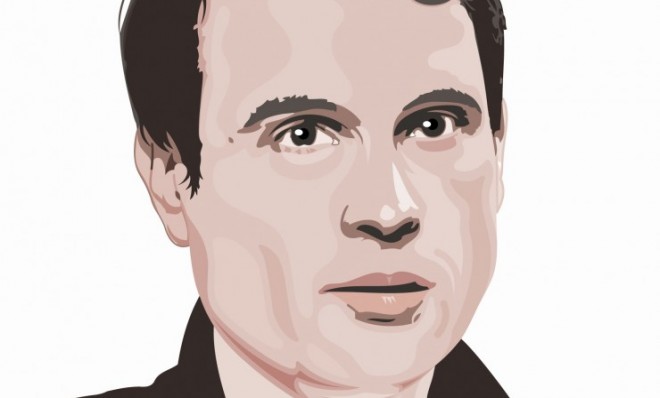
I recently predicted in this column that whatever phone-type integration Facebook was cooking up would be a game-changer for the company. Boy was I wrong. Early reviews of whatever the heck it is that Facebook is debuting tomorrow suggest that, at the very least, an interface that replaces an interface and actually hurts functionality isn't going to be well-loved.
It got me to thinking, though. Given the current state of smartphone technology, just what type of accouterment would have to come with a new phone in order for it to truly qualify as game-changing? Yes, a bendable screen would be cool, but in terms of functionality — eh. Functionally, what's the killer app? I assume that Samsung, Google, Apple, HTC, and others have teams of smart people whose sole job it is to figure out what innovation would make life easier, simpler, more secure.
Since the United States still hasn't come to terms with scarcity of bandwidth, a lot of the good stuff that smartphones should do aren't able to be done. So maybe the killer app will have to wait for a national broadband policy that truly lets everyone browse and download as much as they want.
The Week
Escape your echo chamber. Get the facts behind the news, plus analysis from multiple perspectives.

Sign up for The Week's Free Newsletters
From our morning news briefing to a weekly Good News Newsletter, get the best of The Week delivered directly to your inbox.
From our morning news briefing to a weekly Good News Newsletter, get the best of The Week delivered directly to your inbox.
Absent that, money. Commerce. With near-field chips in ubiquitous use and the credit industry infrastructure already in place, I wonder why rapid cashless commerce isn't being pursued aggressively by everyone. Maybe it is, and maybe I'm missing it. I know of pilot programs, like V.Me from Visa, which takes me halfway there. But there's no technological barrier I know of to a seamless experience that would let you use your smartphone, right now, to pay for parking at street spaces, at parking machines, to serve as a stand in for a credit card at Top Man, or whatever store you browsed this afternoon, to scan in IRS refund checks that you've received; to integrate sites like Mint.com with all of your activity instantly, so that you can protect yourself from fraud, and use your retina image or fingerprints to identify yourself, or a voice print to confirm it, or enter in a pin code that would authenticate a transaction. It can be seamless.
The technology is there. The individual apps are there. The backbone is there, even absent any significant broadband expansion. I think the company that figures out the corporate politics of getting everyone to work together and to use a common standard with common sense security mechanisms — they're going to find that writing the software into the phone is relatively easy. And that's a phone I will want to buy.
A free daily email with the biggest news stories of the day – and the best features from TheWeek.com
Marc Ambinder is TheWeek.com's editor-at-large. He is the author, with D.B. Grady, of The Command and Deep State: Inside the Government Secrecy Industry. Marc is also a contributing editor for The Atlantic and GQ. Formerly, he served as White House correspondent for National Journal, chief political consultant for CBS News, and politics editor at The Atlantic. Marc is a 2001 graduate of Harvard. He is married to Michael Park, a corporate strategy consultant, and lives in Los Angeles.
-
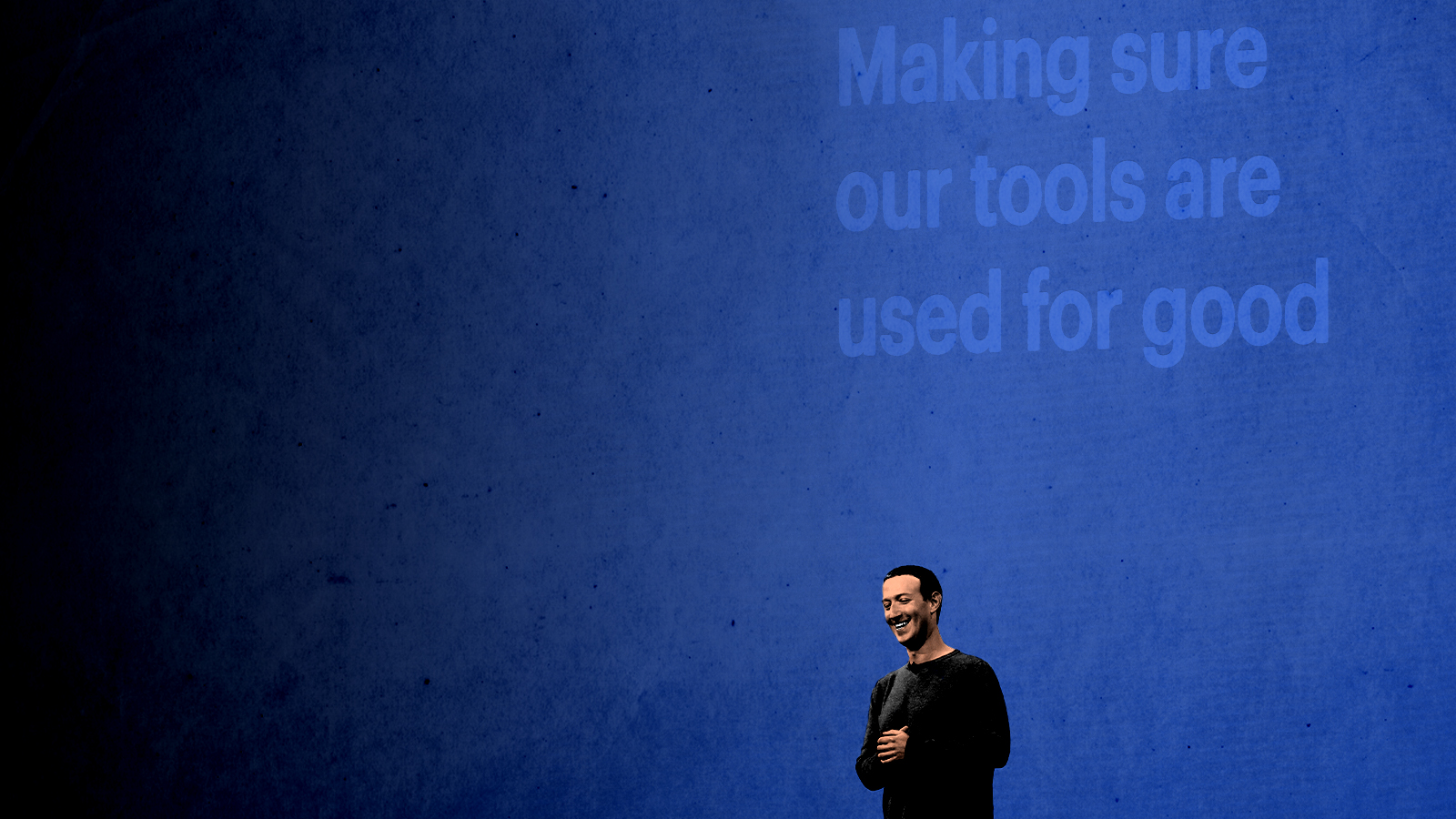 How do you solve a problem like Facebook?
How do you solve a problem like Facebook?The Explainer The social media giant is under intense scrutiny. But can it be reined in?
-
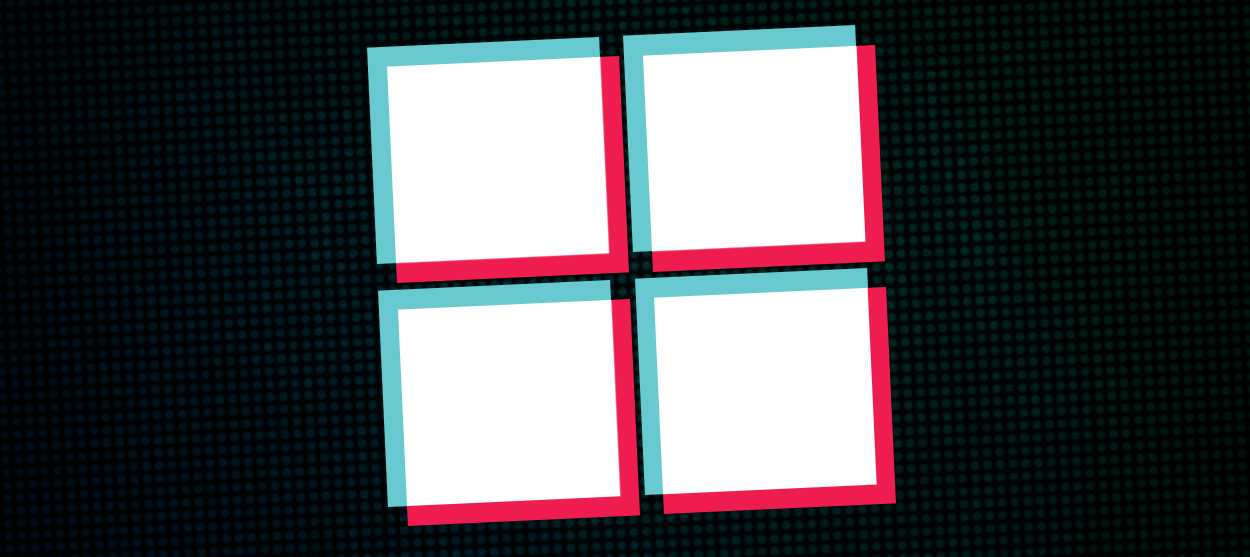 Microsoft's big bid for Gen Z
Microsoft's big bid for Gen ZThe Explainer Why the software giant wants to buy TikTok
-
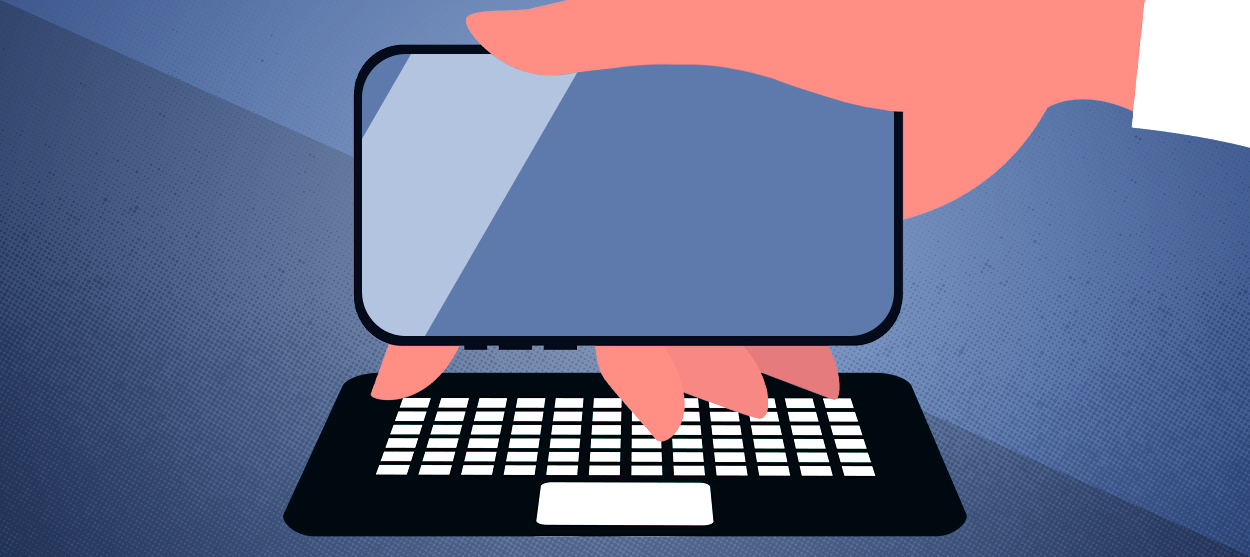 Apple is about to start making laptops a lot more like phones
Apple is about to start making laptops a lot more like phonesThe Explainer A whole new era in the world of Mac
-
Why are calendar apps so awful?
The Explainer Honestly it's a wonder we manage to schedule anything at all
-
 Tesla's stock price has skyrocketed. Is there a catch?
Tesla's stock price has skyrocketed. Is there a catch?The Explainer The oddball story behind the electric car company's rapid turnaround
-
 How robocalls became America's most prevalent crime
How robocalls became America's most prevalent crimeThe Explainer Today, half of all phone calls are automated scams. Here's everything you need to know.
-
 Google's uncertain future
Google's uncertain futureThe Explainer As Larry Page and Sergey Brin officially step down, the company is at a crossroads
-
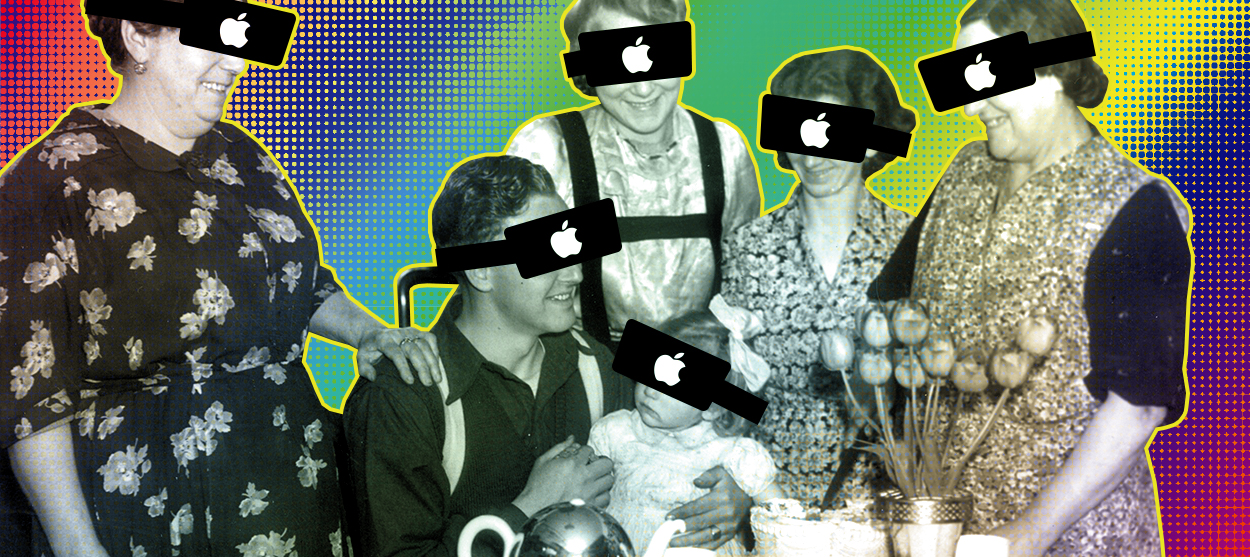 Can Apple make VR mainstream?
Can Apple make VR mainstream?The Explainer What to think of the company's foray into augmented reality



